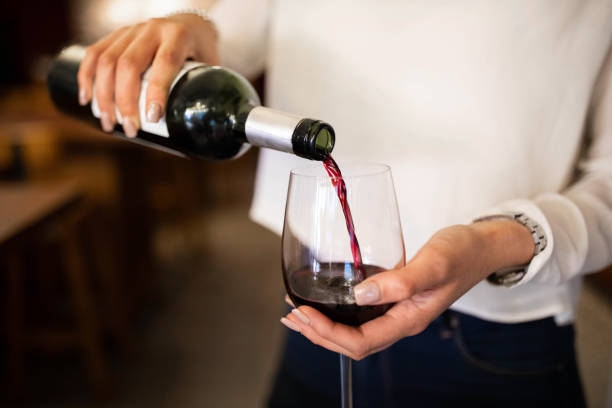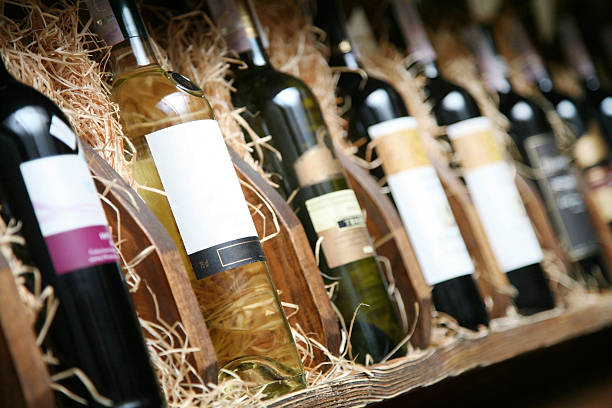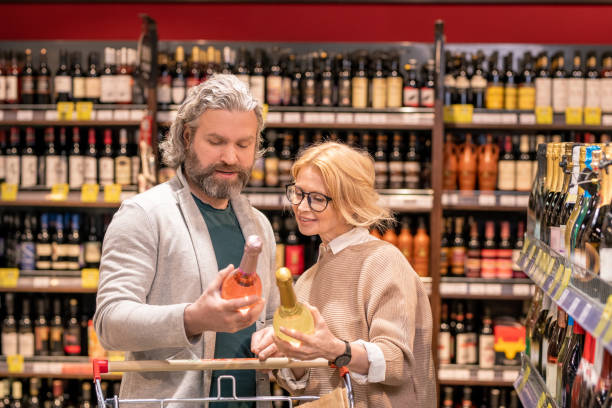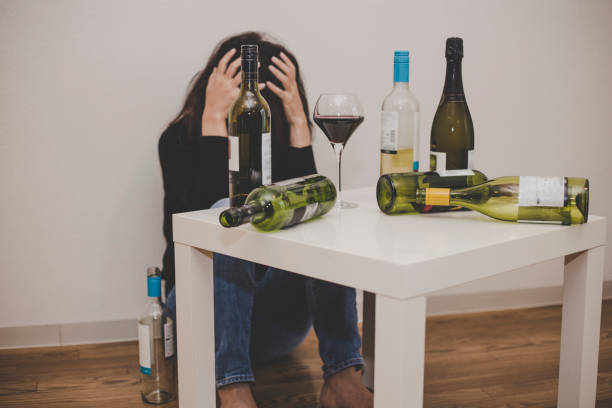An increasing number of wine producers offer winery tourism experiences in order to boost direct-to-consumer sales of wines on-site and–perhaps more importantly–as a means of building brand image and valuable, long-term relationships with consumers (Karlsson & Karlsson, 2017). The managerial and theoretical importance of winery tourism experiences (for reviews, see Gomez et al., 2019; Santos et al., 2019) has given rise to research exploring their nature and dimensions (Massa & Bede, 2018; Quadri-Felitti & Fiore, 2012; Thanh & Kirova, 2018). Research has examined consumer experiences and motivations with regard to wine regions as destinations (Afonso et al., 2018; Bruwer & Rueger-Muck, 2019; Byrd et al., 2016; Gu et al., 2020; Pikkemaat et al., 2009; Quadri-Felitti & Fiore, 2013; Thanh & Kirova, 2018), and winery tasting rooms (Charters et al., 2009), with most articles focusing on the sensory, hedonic, and experiential nature of winery visits associated with a specific geographic region (Bruwer & Rueger-Muck, 2019; Byrd et al., 2016). Winery experiences, as perceived by particular target segments, have also received some attention (Fountain, 2018; Fountain & Charters, 2009). Nonetheless, there are currently few articles (for an exception, see O’Neill et al., 2002) examining to what extent aspects of the winery tourism experience give rise to brand-related outcomes for wineries. Furthermore, there is a need for more research on consumer experiences, particularly in the winery context (Santos et al., 2019).
To answer the call for more research on consumers’ winery experiences (Santos et al., 2019) and to contribute to the relatively limited literature on consumers’ brand image perceptions and brand loyalty as they relate to wineries (Gomez et al., 2019), this article has two objectives: First, it examines the dimensions of winery visitors’ experiences at the level of the winery. Second, it explores the development of consumers’ brand image associations and brand loyalty toward wineries they have visited.
To achieve these objectives, this research focuses on four wineries in the Okanagan Valley of British Columbia that are part of the region’s rapidly growing wine industry, differ in size, and offer markedly different wine tourism experiences. Wineries were selected based on their geographical location in the Okanagan Valley and constituted a convenience sample of wineries that differed in size. The selection was informed by the classification of British Columbia (B.C.) wineries (Cartier, 2012), which includes three large wineries selling about 2,790,786 cases of wine (83% of the market), 16 medium-sized wineries selling 301,216 cases (9%), and 89 small wineries selling 168,346 cases (5%). Major wineries sold on average 930,262 cases, medium-sized wineries 18,826 cases, and small wineries 1,892 cases. A classification provided by the British Columbia Ministry of Agriculture, Food and Fisheries (2004) categorized Mission Hill as a large estate winery and Quails’ Gate as a medium winery. Still, it did not identify small wineries by name. Among small Okanagan wineries, the selection, therefore, included an organic winery, as consumers are increasingly interested in sustainability, and a winery associated with a celebrity (i.e., author and oenophile Salma Rushdie), as its celebrity status likely attracts visitors and provides a reasonably sized sample of reviews. This research, therefore, included the following wineries:
- The Mission Hill Family Estate Winery (M.H.) is the largest family estate winery in the Okanagan Valley, recognized internationally for its architectural landmark buildings and its outdoor Terrace restaurant overlooking vineyards and Okanagan Lake, deemed among the top five winery restaurants worldwide (Ferguson, 2008);
- Quails’ Gate Estate Winery (Q.G.) is a medium-sized winery located only 1.7 km away from Mission Hill in West Kelowna. Its wine shop and Old Vines restaurant are renowned for scenic views and high quality;
- The Rollingdale Winery (R.D.) is a certified organic farm gate winery (i.e., a winery with vineyards of five acres or less) in West Kelowna. The winery is genuinely small: as of this writing, it has four primary staff members;
- The hatch [sic] winery (H) is a small winery by Okanagan Lake in West Kelowna, next to Quails’ Gate Winery, that is associated with celebrity status.
To capture consumer responses to the winery experience holistically (Massa & Bede, 2018) and to preclude biases associated with survey data collection at wineries (Charters et al., 2009), this article examines TripAdvisor reviews of the four selected wineries posted between January 2014 and December 2020. TripAdvisor reviews offer valuable insights into brand experiences in the context of wine tourism (Massa & Bede, 2018; Thanh & Kirova, 2018) while also reflecting resulting brand image impressions and manifestations of brand loyalty.
This article’s contribution to the literature on consumers’ winery experiences is twofold: First, in addition to the winery experience factors discussed in the literature (i.e., the 4E framework; esthetics, escape, education, entertainment; Pine & Gilmore, 1999; Quadri-Felitti & Fiore, 2012), this research identifies social interactions as an important factor contributing to consumers’ winery experiences and thus extends findings on the nature of consumer experience. Second, focusing on the winery as the unit of analysis, this research demonstrates that consumers’ winery experiences are associated with brand image impressions and brand loyalty. This suggests that a stronger integration of consumer experience and brand equity models could yield important insight for theory (e.g., experience dimensions as differential antecedents of brand image associations) and practice (e.g., resource allocation to elicit a desired brand image and encourage brand loyalty). Thus, this research has implications for future research on the creation of winery tourism experiences and for brand experience management in this context.




